https://s3files.core77.com/blog/images/1742894_81_137992_jOe5SLfxj.jpg
For decades, the common way to set fence posts was to dig a hole below the frostline, tamp some gravel in the bottom for drainage, place your post, then set it in concrete.
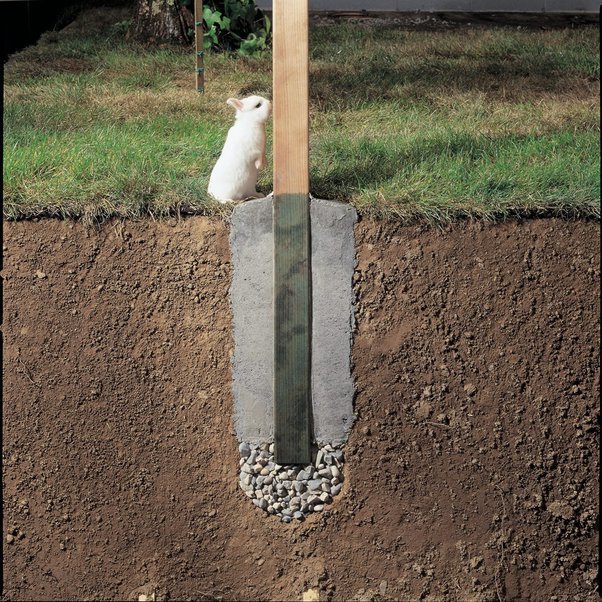
This is time-, materials- and labor-intensive. To dig the hole, you need a post hole digger or a powered auger, both of which are hard work.
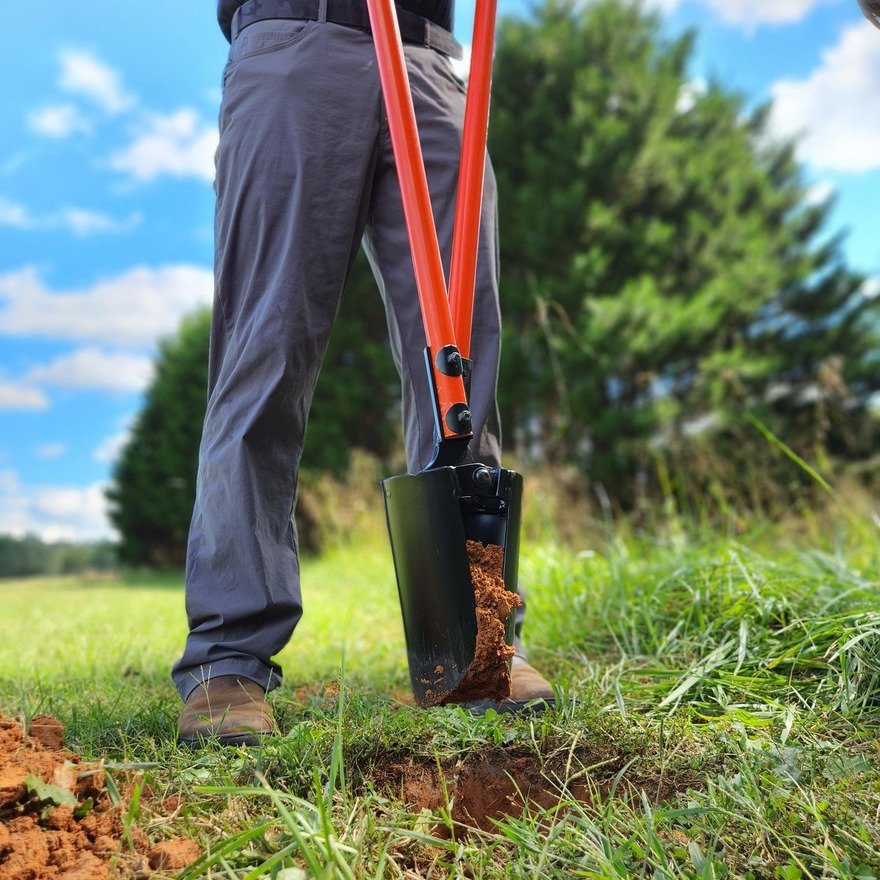
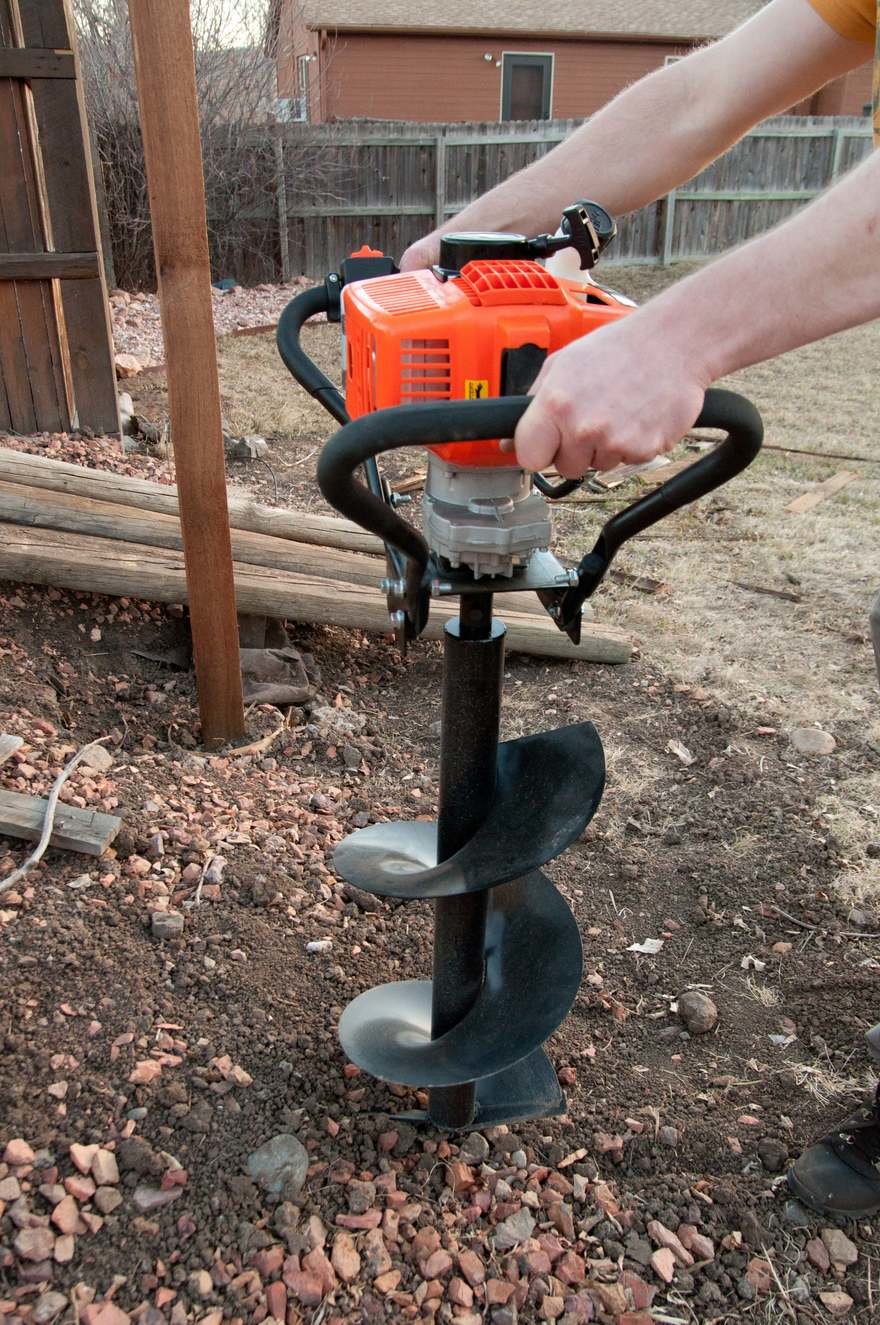
You need gravel, as well as concrete and water; transporting those heavy items to a remote jobsite is another hassle. Mixing the concrete and water requires a wheelbarrow or tubs, which get messy and need to be cleaned afterwards. Lastly you have to wait for the concrete to set before you can apply any pressure to the post, for instance to tension the wire fencing it will support.
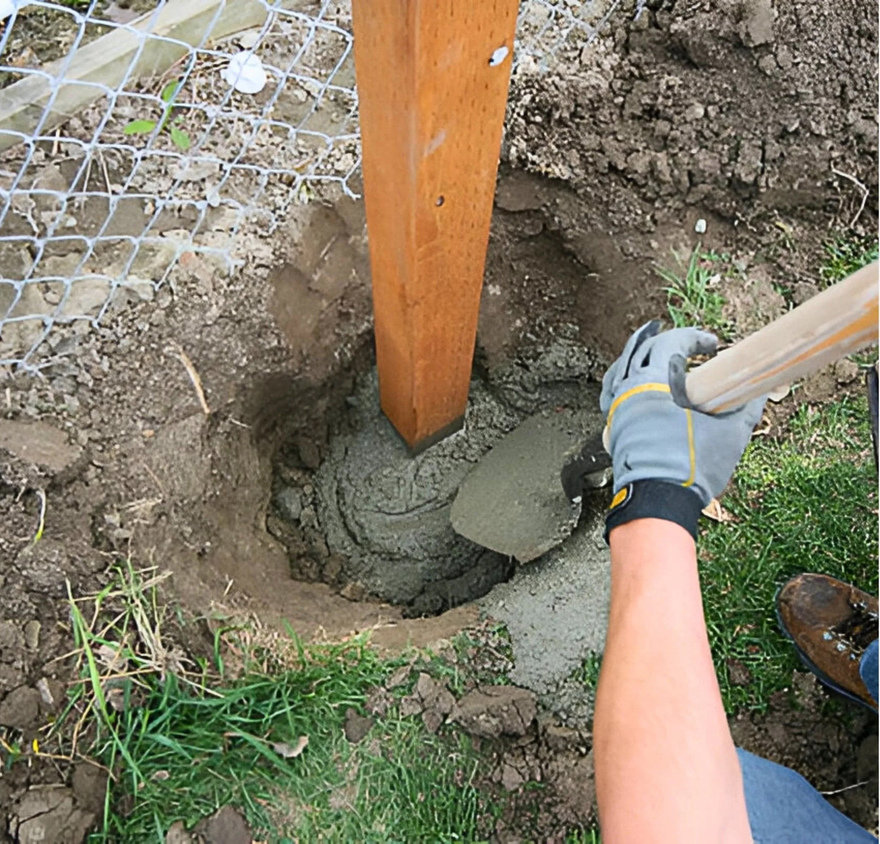
It’s little wonder that gas-powered fence post drivers are growing in popularity. These portable tools use a small engine to power an internal hammering mechanism.
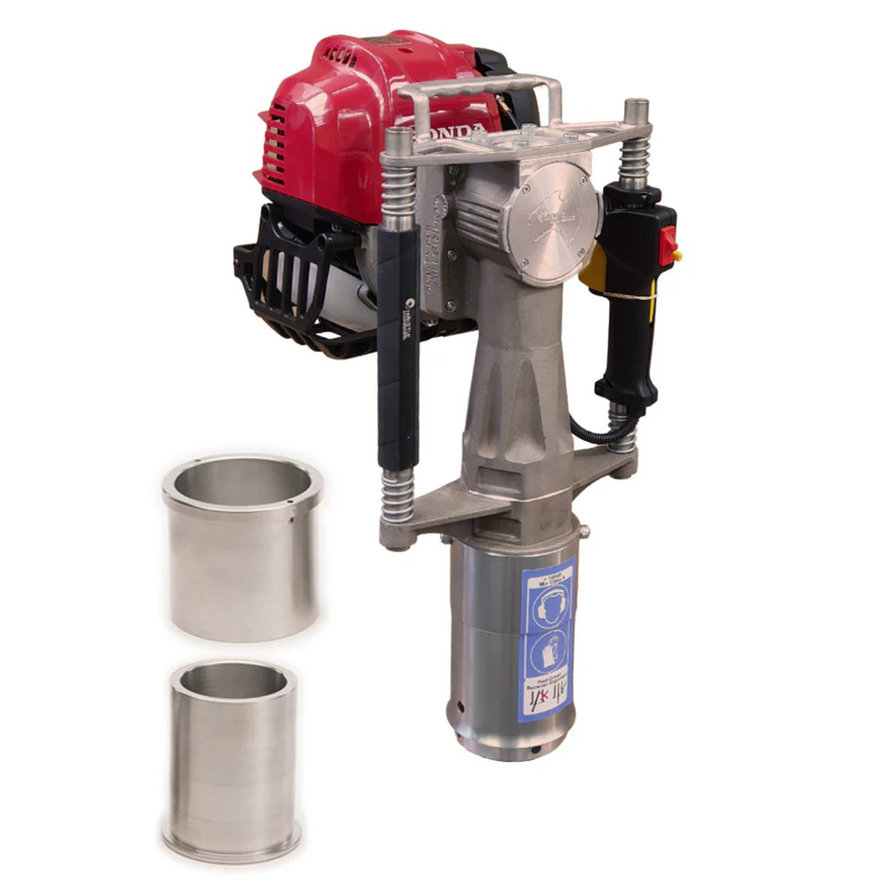
In the absence of concrete, stability is achieved simply by driving the post deep into the ground. Once you’ve muscled the tool into place, it does the bulk of the work.
For shorter people, or for driving extra-tall fence posts, models like this Easy Petrol Post Driver offer extension handles.
These tools, which generally weigh 25-35 lbs, are far easier to haul to a jobsite than all of the materials required for a concrete-set post. All you need is the tool and a gas can.
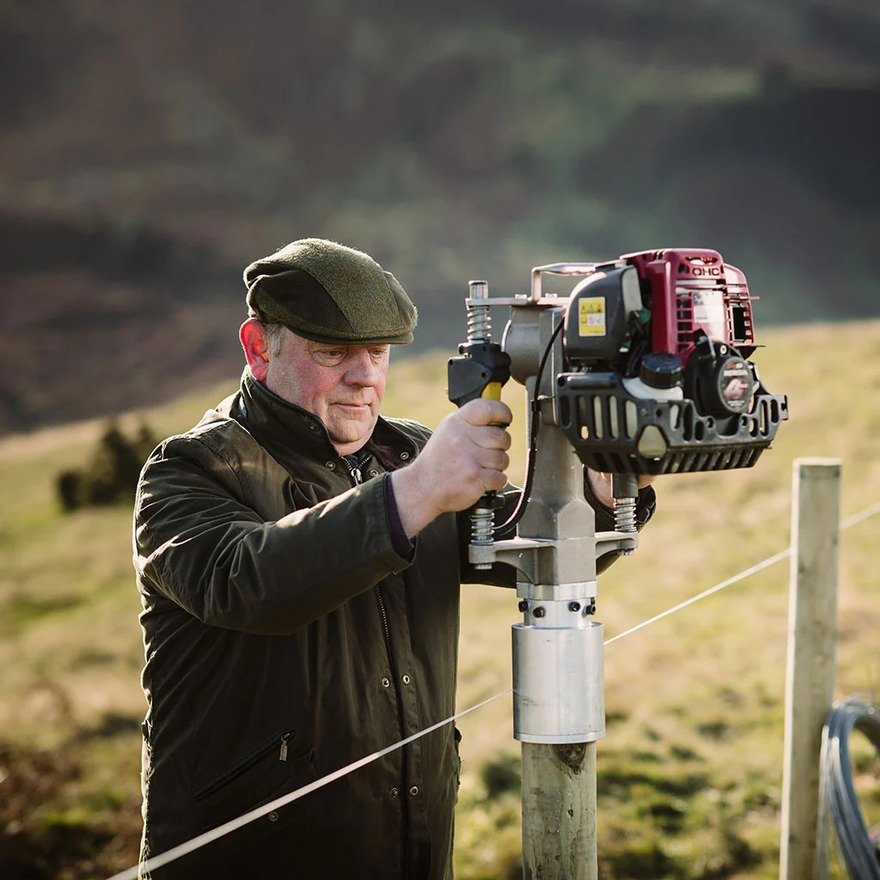
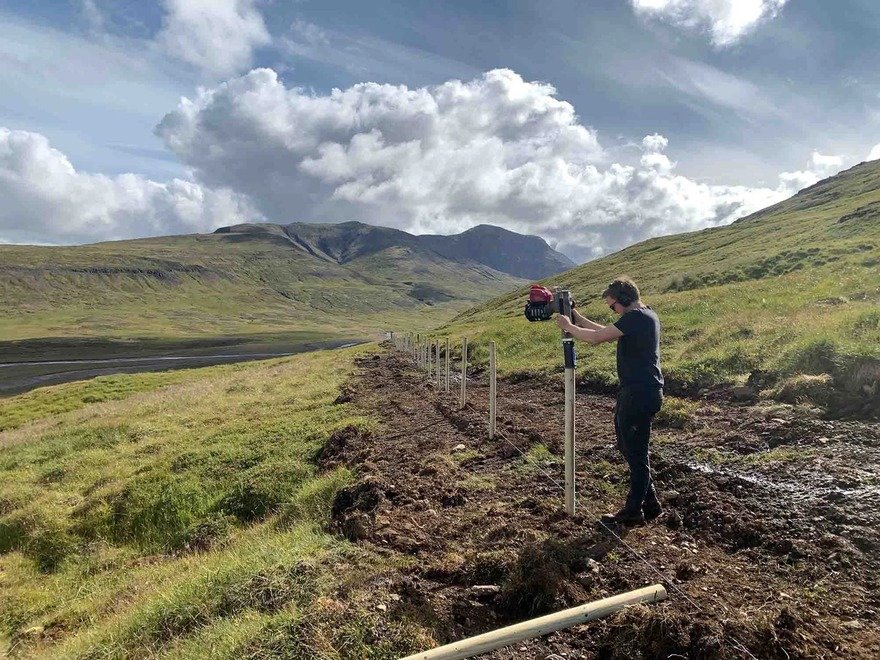
Core77